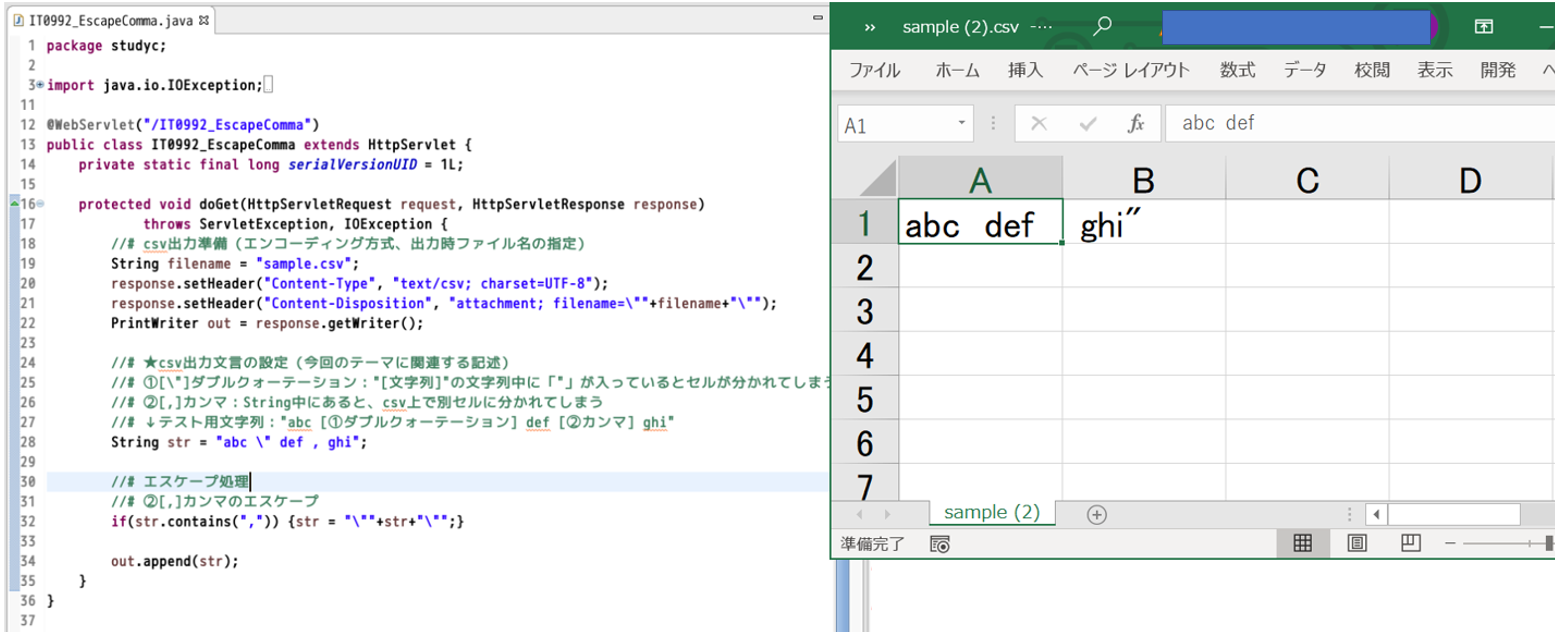

First, the Java SE 8 Platform allows an implementation of class Character to use the Japanese Era code point, U+32FF, from the first version of the Unicode Standard after 6.2 that assigns the code point. * Character#isLowerCase(int) * String#toLowerCase() * * 1. The Java SE 8 Platform uses character information from version 6.2 of the Unicode Standard, with two extensions. * the lowercase equivalent of the character (Unicode code * point), if any otherwise, the character itself. * * codePoint the character (Unicode code point) to be converted. * String} case mapping methods can perform locale-sensitive * mappings, context-sensitive mappings, and 1:M character mappings, whereas * the Character} case mapping methods cannot. String} case mapping methods * have several benefits over Character} case mapping methods. * * In general, String#toLowerCase()} should be used to map * characters to lowercase. Which of the following methods of the StringBuffer class is used to find the length of a String. codePoints, int offset, int count) String(StringBuffer buffer) String(StringBuilder buffer) 3. * * Note that * Character.isLowerCase(Character.toLowerCase(codePoint))} * does not always return true} for some ranges of * characters, particularly those that are symbols or ideographs. Here is the list of String constructors in Java: String() String(String original) String(byte bytes) String(byte bytes, String charsetName). It can be used with sample Java code to retrieve and print out the index and corresponding code point value, while taking into account that it returns the Unicode code point value rather than just the character itself./** * Converts the character (Unicode code point) argument to * lowercase using case mapping information from the UnicodeData * file. The `codePointAt()` method provided in Java’s `String` class is a useful tool for determining the Unicode code point value of a character at any given index in a string. Unpaired surrogates within the text range given by index and codePointOffset count as one code point each. And print all the code points using forEach () method. If you want the actual character at an index, you can use the `charAt()` method instead. The 圜odePoints(CharSequence seq, int index, int codePointOffset) returns the index within the given char sequence that is offset from the given index by codePointOffset code points. Example 1 codePoints () In this example, we will initialize a StringBuilder object, and get the stream of Unicode code points by calling codePoints () method on this StringBuilder object. Note that `codePointAt()` method actually returns the Unicode code point value of a character (which may span multiple characters in case of surrogate pairs), not just the character at an index. Finally, we print out the index and the code point value using the `println()` method. We then call the `codePointAt(index)` method on the string to retrieve the Unicode code point value at the specified index. Queues the glyphs in the ASCII character set (codepoints 32 through 255) to. In todays competitive environment, optimizing the performance of virtual machines (VMs) for various workloads is crucial. for sale near Kharagpur West Bengal IPaddress public IPaddress(java. The above program first defines a sample string `myString` and an integer `index` representing the zero-based index of the character in the string for which we want to find the Unicode code point. public class UnicodeFont extends java.lang. The IPv4 headers Fragment Offset field is used, if the packet is a fragment. ("Unicode code point at index " + index + " is " + codePoint) The offsetB圜odePoints() method in Java is used to return the index within a string that is the offset from the given index by codePointOffset code points. The Character. Int codePoint = dePointAt(index) // get the Unicode code point value Int index = 4 // index for which we want to find the Unicode code point

dePointAt(int index) dePointAt(int index) dePointAt(int index) Returns the Unicode code point at the specified index.

String myString = "Hello, world." // example string String(int codePoints, int offset, int count) Allocates a new String instance that contains characters from a subarray of a Unicode code point array. Answers whether the specified character is ignorable in a Java or Unicode identifier. Here’s a sample Java code that does this: You can use the `codePointAt()` method provided in Java’s `String` class to determine the Unicode code point value of a character at a given index in a string. We will look at an example program that demonstrates this and discuss some important points about using this method.
Codepoints java offset how to#
This blog post explains how to use the `codePointAt()` method provided in Java’s `String` class to determine the Unicode code point value of a character at a given index in a string.


 0 kommentar(er)
0 kommentar(er)
